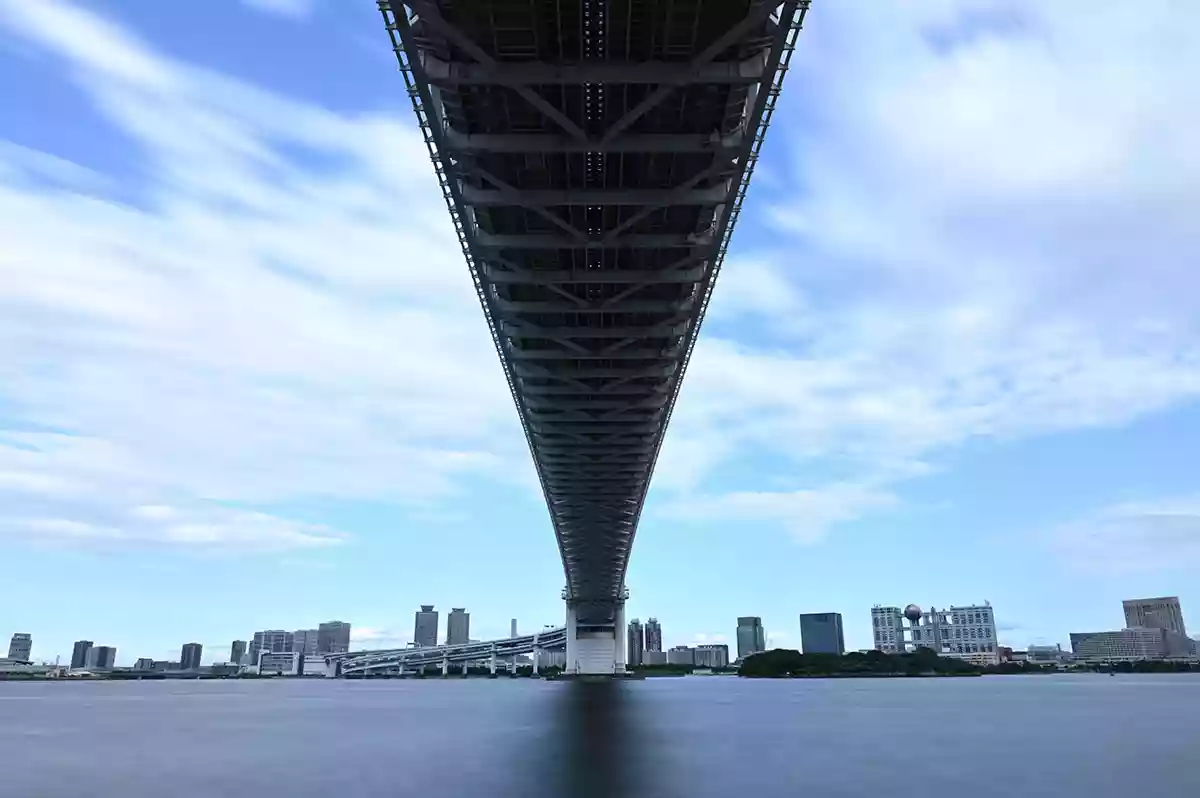- Call us: 01444 237070
- Contact Us
- Stores
- Sign In / Register
-
- Back
- Used Cameras
- Used Accessories
- Used Lenses
- Used Video
- Used Film Equipment
- Used Stock Alert
- Used Blank Test
- Sell or Part Exchange
- Used Clearance
- Recently Added Used Equipment
- Park Picks
- All Used Black Friday Deals
- Faulty
- Trade-In
- Blog
- New in
- Call us
- Contact us
- Stores
- Sign in
- Categories
- Tips & Inspiration
- Reviews
- News
- Events
- Features
- Buying Guides
- Competitions
New Nikon Z6 II and Z7 II Explored
In this blog post we explore the newly updated full frame flagship Nikon Z7 II and Z6 II mirrorless cameras. We have some sample images from Nikon to ogle together with a more in-depth look at these next generation bodies, connectivity, features and specifications. We also take a peek at the new accessories released at the same time which extend the useability for these cameras.
Whats New In The Z6 II and Z7 II Cameras?
The two new camera bodies appeared on 14th October 2020 after considerable user feedback was taken on board and addressed by Nikon. Let’s start with the uproar which ensued after the initial model launch in September 2018 - only one SD card slot! We are not sure that anyone had particular issues due to this oversight, but Nikon has well and truly addressed this with the mark II in the form of dual card slots including a high speed CFexpress card slot. The other slot accepts the fastest SD cards with UHS-II SD and XQD. If you are intending to purchase a CFexpress card, make sure it is Type B as these have the correct number of pin connectors. The slots can be configured to record data according to user workflows, allowing for overflow, backup, video to one card and so on. This more than makes up for any previous oversight and ensures these cameras will keep pace with upgraded speeds of which they are now capable.

This brings us on to the higher speeds of the Z6 II and Z7 II. Both have the latest EXPEED 6 processor, but not just one, but two processors each. This shows in every sense from start-up times to overall responsiveness as well as burst shooting capabilities. The Z7 II now captures 10fps in burst mode whilst the Z6 II fires at 14fps. This is fast, very fast considering the high resolution which both are capable of which remain at 24.5MP and 45.8MP. Resolutions are the same due to the sensors being the same as the previous generation. This may seem a disappointment however both score extremely well with users and tests such as on DXO mark, being amongst the most accomplished on the market today. Whilst the sensors remain the same Nikon has managed to extract even greater dynamic range, which is most noticeable with the 4K video captured.
Other headline upgrades include the Autofocus system. This has been overhauled and refined to provide considerably faster subject acquisition together with the addition of support for human and animal subjects. This comes in the form of Eye, Face and Animal AF detection that operates similar to 3D-tracking, which proves extremely successful with a range of fast moving subjects. The upgraded Af works seamlessly with both video and stills capture.
Low light performance remains incredibly strong, in keeping with the previous generation cameras. The Z7 II sports a slightly faster ISO 64 but the Z6 II has a higher native ISO of 51200. Both are capable of gaining light in all but the darkest situation and will focus down to -4 EV when shooting with an f/2 or faster lens.

A nice new feature is the ability to reverse rotate a focus ring, letting users manually focus with the direction of rotation which they are accustomed to. Very nice for newcomers to the system who may have had the focus ring work opposite previously. It’s all about speed of workflow and this is very accommodating of Nikon.
Z6 II and Z7 II Video Capabilities
The Z7 II pulls ahead slightly with in-camera 4K/60p over the Z6 II 4K/30p. Both can capture beautiful and smooth Full HD/120p for slow motion playback. Both cameras also accept external recorders such as the Atomos Ninja V recorder. This increases the Z7 II movie recording capabilities to 4K 60p video with RAW 10-Bit Hybrid Log Gamma. RAW 10-Bit opens up more detail and provides a suitable broad starting point for colour grading with more detail, contrast and refinement. Both cameras will record native HLG shooting formats in both full frame or APS-C (FX and DX as referred to by Nikon). Footage on the new bodies shows higher dynamic range with more detail and contrast, meaning minimal editing for those who wish to simply capture and post to their audience.
Other Additions and Enhancements
Together with these speed, AF, buffer and video upgrades the Z6 II and Z7 II both utilise Nikon’s SnapBridge app. This has also been updated and now enables users to not only control the camera remotely, but also update body firmware. This is a nice touch and makes the process more straight forward.

For those shooting in studio settings the cameras can now be charged whilst shooting. This is extremely handy for extending shooting times and is available through high speed USB-C connectivity.
New Mirrorless Accessories
Along with the release of these two new camera bodies came the release of two new accessories. The first is the compact WR-R11B Wireless Flash Remote Control. This controls external flashguns wirelessly as well as allowing secondary cameras to be remotely triggered from the master. It’s a tiny device which plugs into a camera socket and works like a charm for these functions with supported Nikon compatible flashguns and cameras.

The other accessory has caused a stir over here, being the new MB-N11 power battery pack grip. This accepts two high capacity Li-ion battery NP-W126S as well as providing controls for vertical (portrait) orientation. This takes some of the strain when shooting vertically for extended periods as well as improves ergonomics and shooting life. Very nice we say!
All in all the new Nikon Z6 II and Z7 II cameras are worthy updates with a number of user-lead improvements and enhancements. Both are suitable for enthusiasts or professional users, with the Z7 II aimed more at hybrid photographers who require the higher resolutions which that camera affords.
You can read about some of the growing range of Z-mount lenses in previous blog posts here:
- Nikkor Z 70-200mm f/2.8 VR S telephoto zoom first impressions
- NIKKOR 14-30mm f4 S line lens with stunning images
- New Nikon Z 50mm And Z 14-24mm Lenses
Meta data for sample images:
Nikon Z6 II Sample Images:
Night portrait
Nikon Z6 II with NIKKOR Z 50mm f1.8 S lens
- 50mm
- 1/200 sec
- f/2
- ISO 1600
City scene
Nikon Z6 II with Nikkor Z 24-70mm F4 S lens
- 25mm
- 30 sec
- f/18
- ISO 100
Nikon Z7 II Sample Images:
Cowboy scene
Nikon Z6 II with Nikkor Z 70-200mm VR S lens
- 70mm
- 1/5000 sec
- f/3.2
- ISO 160
Portraits
No data, but wow the quality is outstanding!
Share this post:
By nick Dautlich on 14/10/2020

Trade in your old equipment
Fast and easy trade in service ensures your old gear is collected efficiently and you are paid quickly! It's very simple to trade in your unwanted photography gear. Just head over to our dedicated Sell or Part Exchange page, fill out the details, and we'll get back to you with an offer for your old gear. Take the cash, or put it towards the cost of your new gear. It's up to you! Find out more
sign up to the newsletter
Keep up to date on the latest photography news, events and offers. Sign up now
